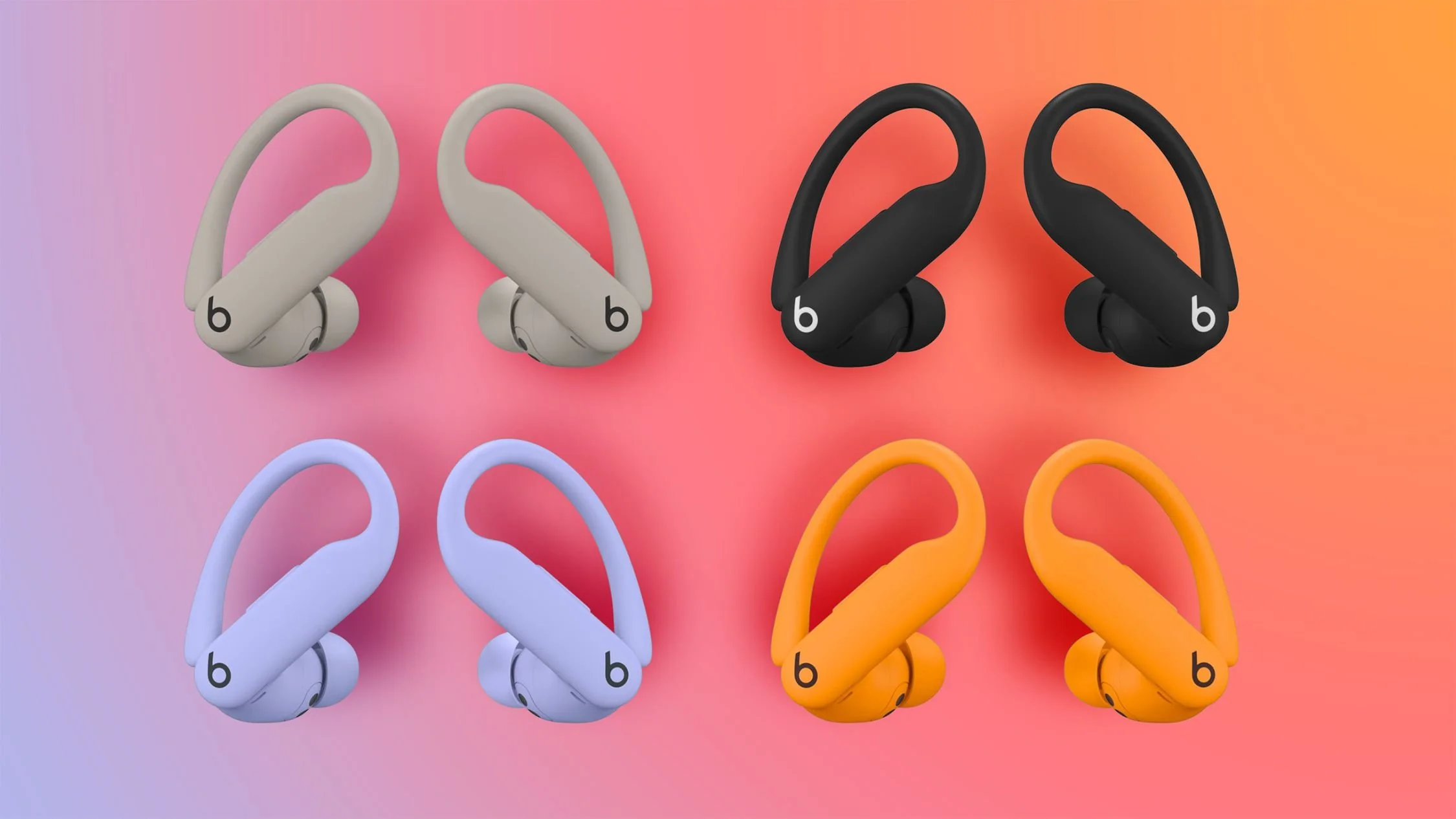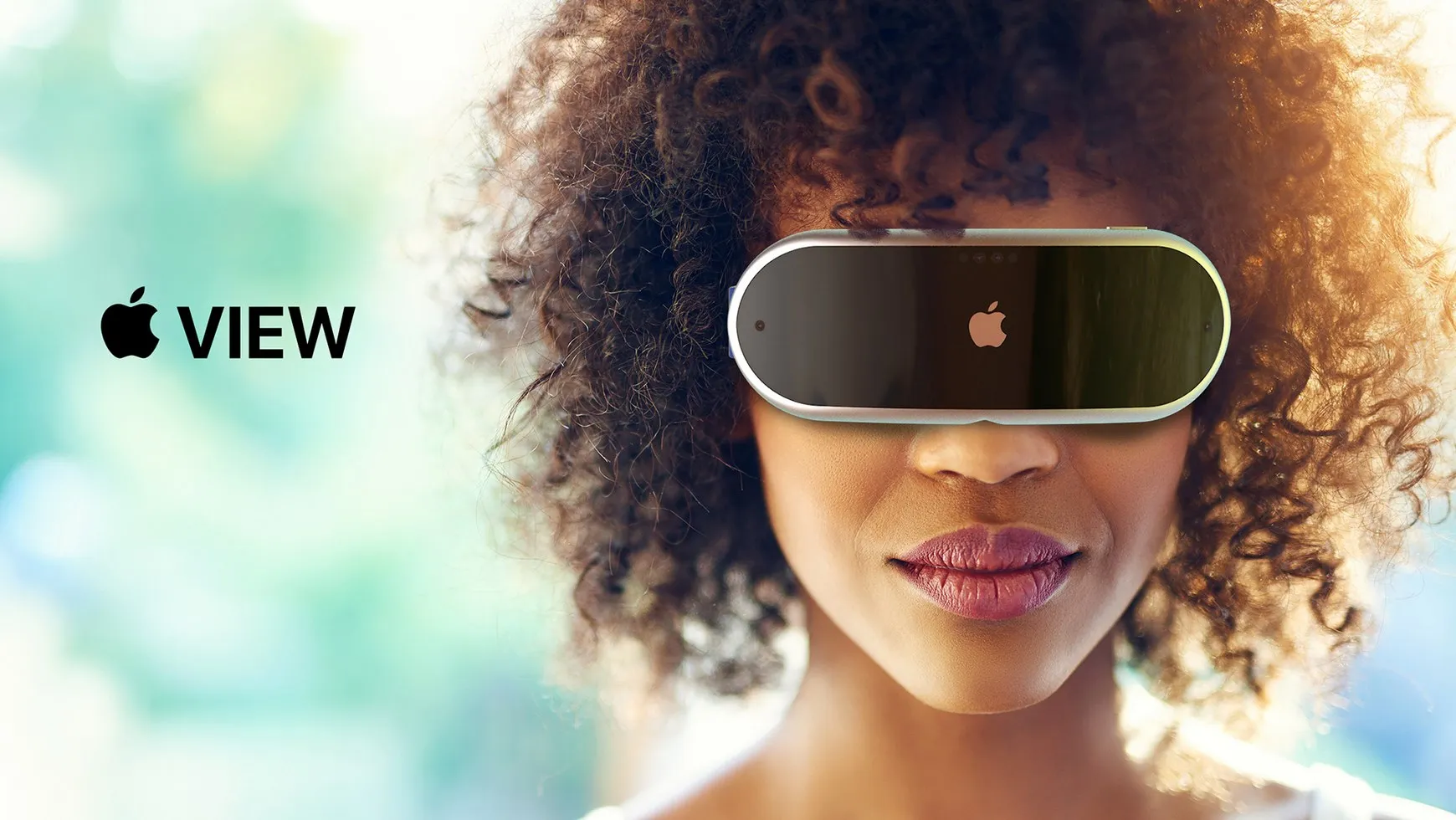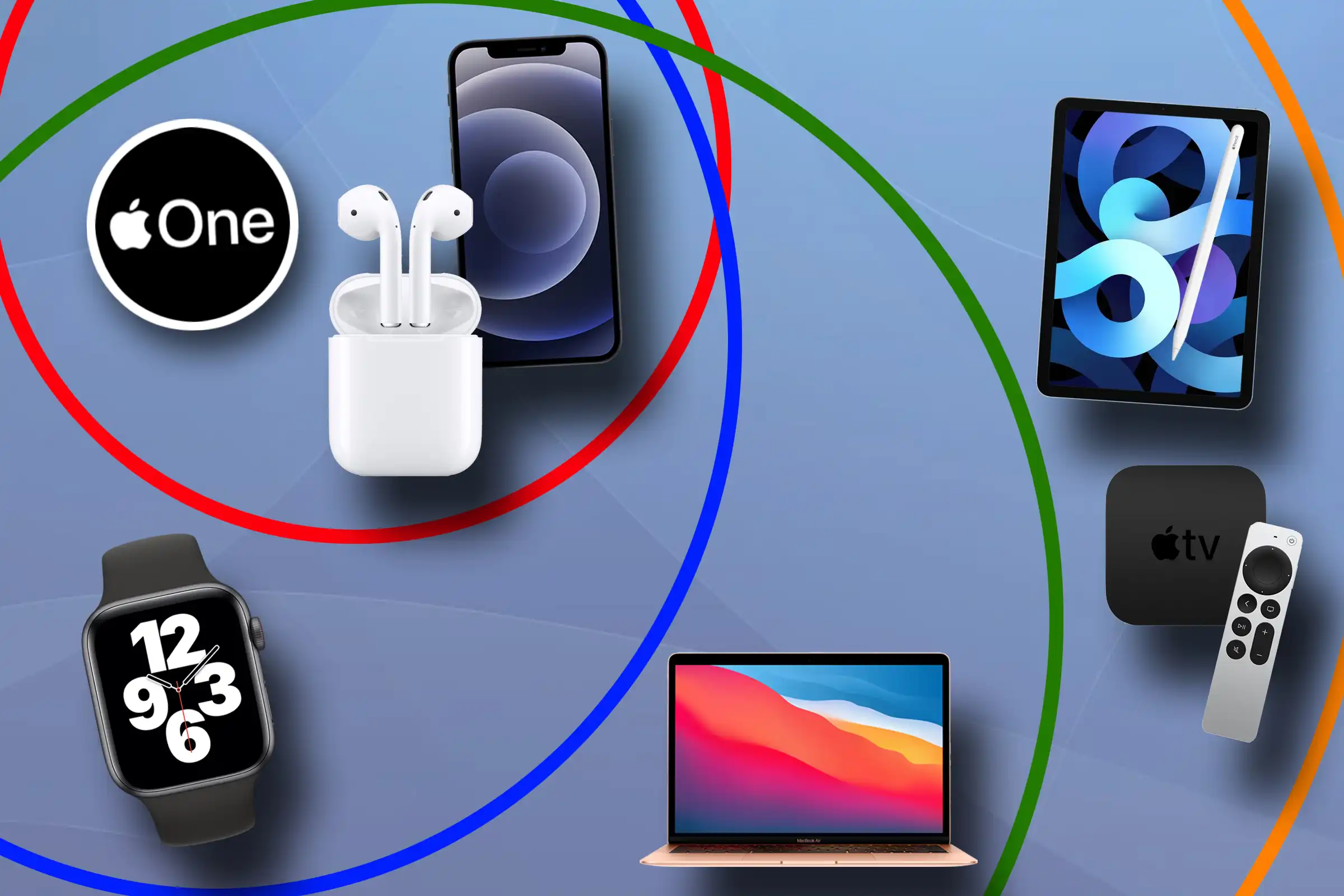If you’re a Mac or iPhone user with a Microsoft 365 subscription, there’s some news you should know. Microsoft has announced that the Defender VPN service will stop working at the end of February 2025. According to a support document from Microsoft, they haven’t given a clear reason, but it looks like not many people were using this feature.
The document states, “The privacy protection (VPN) feature within Defender will no longer be available after February 28, 2025. We regularly check how our features are used and how well they work. We’ve decided to stop this feature to focus on new areas that will better meet what our customers need.” This change was first noticed by the site Windows Latest.
For those who don’t know, Microsoft Defender VPN was not widely known because it was only available to Microsoft 365 subscribers in the United Kingdom, the United States, and some US territories. It didn’t expand to other countries.
Although it provided some privacy protection, it wasn’t helpful for those wanting to access content from different countries, like watching videos not available in their region. This is because, unlike other VPNs like NordVPN, you couldn’t pick which server to connect to; it automatically chose one near your location.






